WHAT IS BILATERAL BREATHING? (DOES BILATERAL BREATHING MEAN BREATHING BILATERALLY?)
"Bilateral breathing" is one of the most misunderstood terms in swimming. Many beginners assume it means you must breathe every third stroke, only to find themselves gasping for air and hitting a frustrating plateau.
The truth is, there's a huge difference between the act of rhythmic bilateral breathing and having the ability to do so. This post will set the record straight, explain why this skill is a game-changer, and give you smarter breathing patterns to try.
Dive Into: Understanding Bilateral Breathing
- The Bilateral Breathing Myth
- The Real Goal: The Ability to Breathe to Both Sides
- Why This Ability is a Game-Changer
- Smarter Breathing Patterns for More Oxygen
- The Pro Skill: Breathing Every Stroke
- Frequently Asked Questions
The Bilateral Breathing Myth
There is a fundamental difference between actually performing bilateral breathing and the ability to perform bilateral breathing in freestyle.
Many beginner swimmers get confused with the terms they read on miscellaneous swimming blogs, triathlon forums, and learn to swim sites.
You will often read about bilateral breathing and automatically assume that you have to breathe to both sides all the time.
By all the time, I mean breathing every 3rd arm stroke, so the rhythm would be: breathe to the right, stroke, stroke, stroke, breathe to the left.
Then you are all confused about why swimming has suddenly become very hard for you.
You are out of breath when you reach the end of the swimming pool.
Finally, you resort to reading more about bilateral breathing and wonder how come it is not helping you swimming. It actually made you swimming harder.
And the cycle goes on and on indefinitely. Keep you as a swimmer or a triathlete in a plateau.
If you fall into this category, read carefully the following advice.
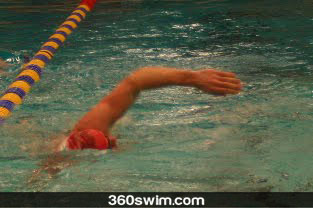
The Real Goal: The Ability to Breathe to Both Sides
The key concept to understand is that bilateral breathing is just a term used to describe a motion in swimming where a swimmer breathes to both sides.
That does not necessarily mean that to swim properly you need to rhythmically breathe to both sides though.
What it means is that you should know how to breathe to both sides aka bilaterally, but there is a time and place where the actual rhythmical bilateral breathing is needed.
Why This Ability is a Game-Changer
Like it or not, our bodies have two sides and if we heavily strengthen one side by repeating a certain activity our bodies will evolve and adapt.
Unfortunately, the majority of us are either right-handed or left-handed. Swimming, on the other hand, requires a certain level of ambidexterity.
My guess is that if you do a bicep flex to show off your muscles, your dominant arm will probably have a bigger bulge. Or next time you are in your bathroom, try cleaning your teeth with your weaker hand. You will see how difficult it is because you lack the motoric skill and strength to do it.
If a swimmer only knows how to breathe to one side, it could create a whole lot of problems such as, not having the same body roll to both sides, not swimming in a straight direction in open water, an imbalance in important neck muscles or you might permanently end up with a Popeye like mouth grimace :).

So, learning to breathe to both sides has also a health benefit as well as a swimming benefit.
Additionally, imagine you are swimming in a race or in the ocean and you can only breathe to your right side. Now, what if there is a swimmer with a very strong and splashy kick to your right side or there are huge waves coming from the right.
What will you do then?
Take the beating and keep breathing water instead of air and potentially choke your way to the finish line?
If you can't breathe to the other side, then that is probably what you will do, but if you can, then you just switch your breathing to the left and you are set. Water choke free.
Smarter Breathing Patterns for More Oxygen
As you can see, breathing bilaterally has a lot of benefits, but back to the initial point, I was making.
Bilateral breathing does not only refer to breathing rhythmically to both sides, it most importantly refers to the ability to breathe to both sides.
You need to understand that your body needs oxygen.
While you can strengthen your lungs and make your oxygen consumption more efficient, the more oxygen you have the better you can perform.
Therefore, the more breaths you can take during your swim, the better off you are in terms of not running out of breath.
For that reason, if you set yourself up to rhythmically breathe every 3rd stroke, which means you breathe once to the left and once to the right and so on, this means you are not getting oxygen for three strokes.
And this is where most beginner swimmers go wrong.
Even though it is only 3 strokes between breaths and it might feel ok for the first length of the pool after a little while you start feeling the lack of oxygen.
You might as well quit swimming and join the extreme apnea divers if you get high on lack of oxygen :).
It would be much more beneficial if you breathe every other stroke, where you only have one stroke without breathing and you breathe only to one side at a time.
Sounds much better, doesn't it?
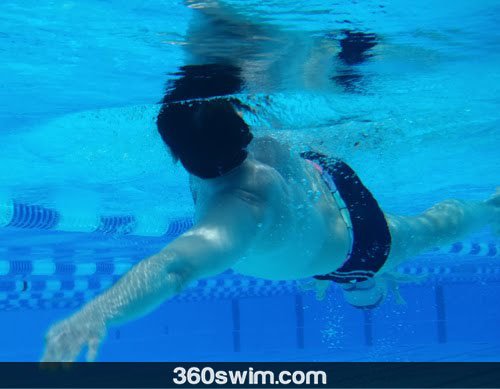
You might now be wondering, well, how is that bilateral breathing if I only breathe to one side all the time?
An easy answer. You will not breathe to one side all the time.
You can try breathing to the left half the pool length and then breathing to the right the other half or 20 strokes to the left and 20 strokes to the right, etc. This way you will make sure your body both gets enough oxygen and your swim stroke will less likely deteriorate.
Note of warning though, the assumption I was making here is that you are able to breathe properly and every time you take your face out of the water to breathe you do not slow down.
In other words, your breathing technique is not causing drag problems in your swimming.
If you feel that this breathing every stroke is not for you, why not change it a little and breathe two times to the right and then two times to the left with three strokes between.
This is still much much better in terms of oxygen intake than breathing every third stroke at all times.
The Pro Skill: Breathing Every Stroke
If you think you have the freestyle bilateral breathing ability down to 100% perfection, you can test your breathing skills by breathing every stroke.
This means you breathe with every arm stroke and maintain the true rhythm of bilateral breathing.
Put another way, the rhythm is to breathe right, breathe left, breathe right, breathe left :).
This is an advanced skill and you might feel quite dizzy if you try to do this for too long with too high a stroke rate frequency. However, it is a great test of how well and efficiently you can breathe without sacrificing your freestyle streamline.
If you can do this well, it comes in extremely handy during your races or workouts as you will get much more oxygen than anybody else.
That said, if you are into open water swimming or swimrun racing, you know how important it is to keep swimming straight. If you have a bilateral pattern where you switch breathing sides every so often, then you are more likely to swim straight rather than deviating from course.
So get out there and start learning to breathe to both sides efficiently while getting enough oxygen into your body.
Frequently Asked Questions
What is bilateral breathing?
Bilateral breathing is the ability to breathe comfortably to both your left and right sides. It does not mean you must strictly breathe every third stroke.
Why shouldn't I breathe every 3rd stroke all the time?
For many swimmers, especially beginners, breathing every 3rd stroke can lead to a lack of oxygen (oxygen debt), making swimming feel much harder. Your body needs oxygen to perform.
Why is it important to learn to breathe to both sides?
Breathing to both sides promotes a balanced, symmetrical stroke, which helps prevent muscle imbalances and injuries. It's also a crucial skill for open water swimming to avoid waves or other swimmers.
What is a better breathing pattern for most swimmers?
A more effective pattern is breathing every 2nd stroke, but regularly switching the side you breathe on. For example, breathe to your right for one length, then to your left for the next. This gives you plenty of oxygen while still training both sides.
Is it possible to breathe every single stroke?
Yes, this is an advanced drill and a pro-level skill. Breathing every stroke (right, left, right, left) is a great way to test your breathing efficiency and can be used in races for maximum oxygen intake.
 LNURL1DP68GURN8GHJ7URP0YHRXD3SWDMKJMFWVDHK6TMVDE6HYMRS9A4HSCNCWFXSH3NN0H
LNURL1DP68GURN8GHJ7URP0YHRXD3SWDMKJMFWVDHK6TMVDE6HYMRS9A4HSCNCWFXSH3NN0H
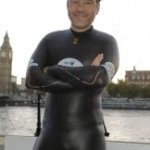
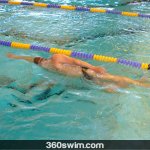


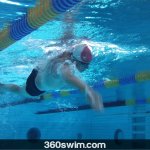
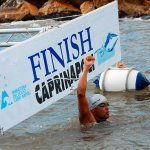
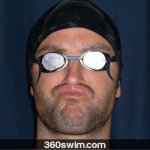
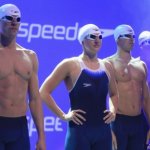


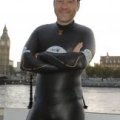
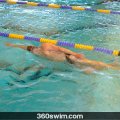


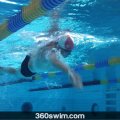
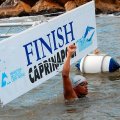

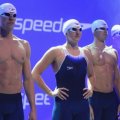


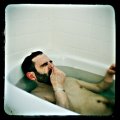
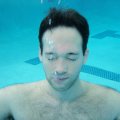



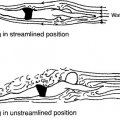
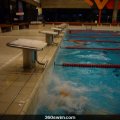
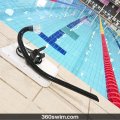



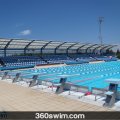

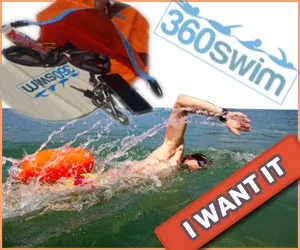

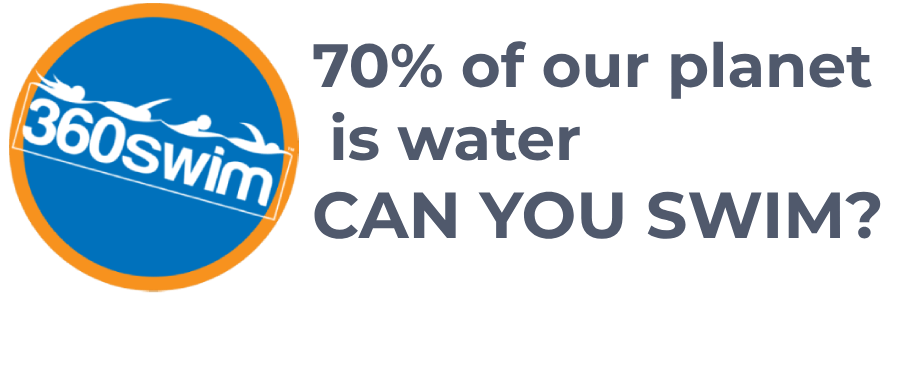
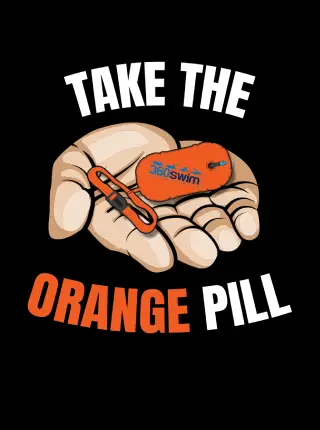
Comments (5)